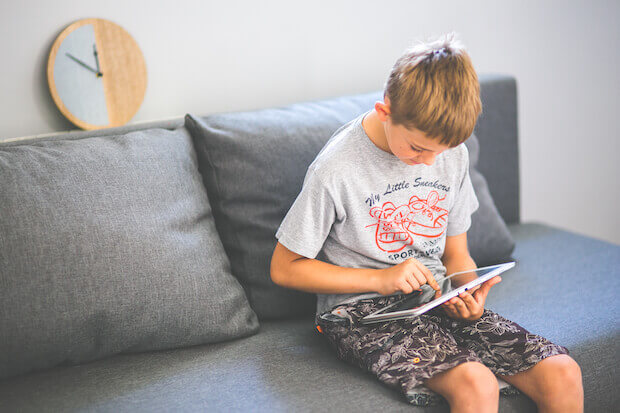
It is really easy to take public art for granted. And that’s a shame as public art is not just to beautify a certain space in a city. It is worth teaching kids about public art so they know what was chosen to represent what a city stands for, its surroundings, history, and community.
Vancouver is a great place to start teaching kids about the value of public art. Vancouver has an immense collection of public art. There are 5 great public art displays in Vancouver with links to resources for more lesson planning (and don’t forget a field trip for each if you can!)
1. Digital Orca
This large public sculpture located next to the Vancouver Convention Centre, was built by Douglas Coupland in 2009. It signifies the prevalent connection Vancouver has between technology and nature. The orca looks as if it’s built with lego blocks because it’s supposed to be pixelated. Coupland explains that, when you look at the actual materials the orca was made with, you can get a sense of the variety of workers found laboring at the harbor.
Related lesson:
If you’d like to extend this public art lesson further, here is a great video lesson about orcas. You can also look into the history of the Vancouver harbor.
2. A-maze-ing Laughter
 This art display is hard to miss! It was built by Beijing-based artist Yue Minjun for the Vancouver Biennale in 2009. (You can also teach kids about the Vancouver Biennale, the organization that exhibits great public displays in the city).
This art display is hard to miss! It was built by Beijing-based artist Yue Minjun for the Vancouver Biennale in 2009. (You can also teach kids about the Vancouver Biennale, the organization that exhibits great public displays in the city).
For artist Minjun, this art display should encourage those who see it, to appreciate laughter and laugh with it. Take kids to look at these various statues and encourage them to mimic them. They may have a good laugh!
The inscription behind this public display says “May this sculpture inspire laughter playfulness and joy in all who experience it.” Here is a guided tour video about this iconic Vancouver art display.
Related lesson:
You could also take the background of this piece further and teach kids about the history of Chinese immigrants in Vancouver.
3. The Inukshuk
This public art display is an iconic Canadian image that was even used as the main symbol of the 2010 Vancouver Olympic Games. In Vancouver, you can find this public monument a 5 min walking distance from the A-maze-ing Laughter sculpture, near the sea wall.
These stone monuments were used by the Inuit to communicate and survive. So for instance, they would be used as “a navigation tool, to mark a place where fish could be found, or as a memorial for a loved one.” So the Inuit meaning is “Someone was here” or “You are on the right path.”
This piece of public art is now used as a welcome sign to all the tourists that come to Vancouver annually. The University of Washington has a lesson plan on the Inuit Inukshuk and the 2010 Olympics for your further reference when lesson planning on this piece of public art.
4. The Birds
 At the heart of the Olympic Village in False Creek, you won’t miss two giant sculptures of sparrows. Myfanwy Macleod’s thought behind this public art display in Vancouver, was to highlight the threat of non-native species to the local ecosystem. It was built in False Creek in particular because, prior to the Olympics, the area was an industrial wasteland. Through the Millennium Water project, the Olympic Village became the greenest neighbourhood in the world.
At the heart of the Olympic Village in False Creek, you won’t miss two giant sculptures of sparrows. Myfanwy Macleod’s thought behind this public art display in Vancouver, was to highlight the threat of non-native species to the local ecosystem. It was built in False Creek in particular because, prior to the Olympics, the area was an industrial wasteland. Through the Millennium Water project, the Olympic Village became the greenest neighbourhood in the world.
Related lesson:
For a hands-on lesson on invasive species in BC, check out this comprehensive resource.
Plus check out our article:
Focused Lesson — teaching kids about invasive species
5. Human Structures
Not too far from The Birds public art display, you will see a colourful public monument of steel figures holding hands and standing on each other. About the art display, Jonathan Borofsky said “we are all constantly in a process of connecting together to build our world…Humans use structures to build our world, not only architectural, but psychological and philosophical structures.”
Related lesson:
Here is a good lesson to teach kids the benefits of working together.
Vancouver and the Lower Mainland have so many more public art displays to offer. The above 5 are just a way for you to inspire kids to look at public art as a tool to learn about their community and even its connections to the world.




